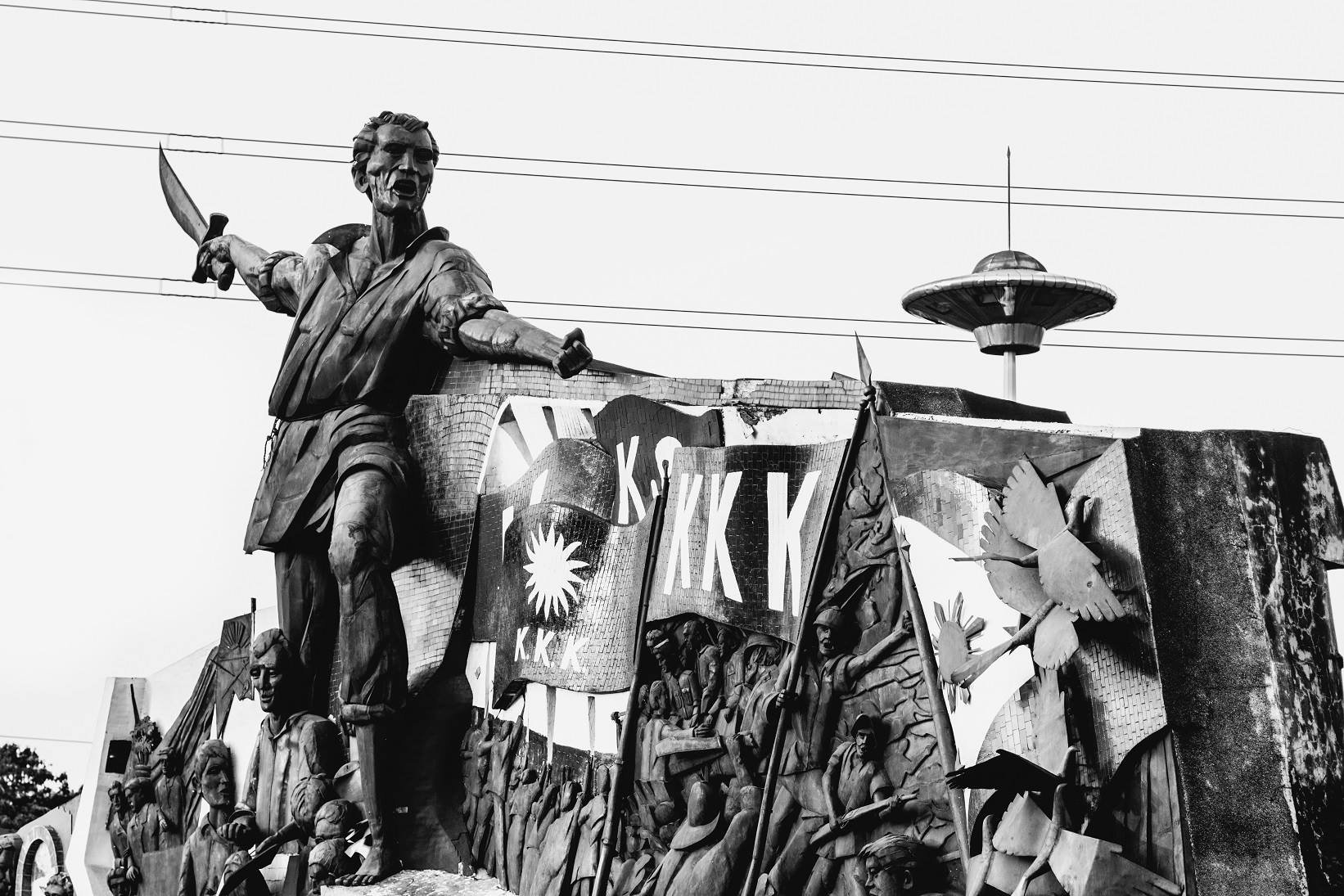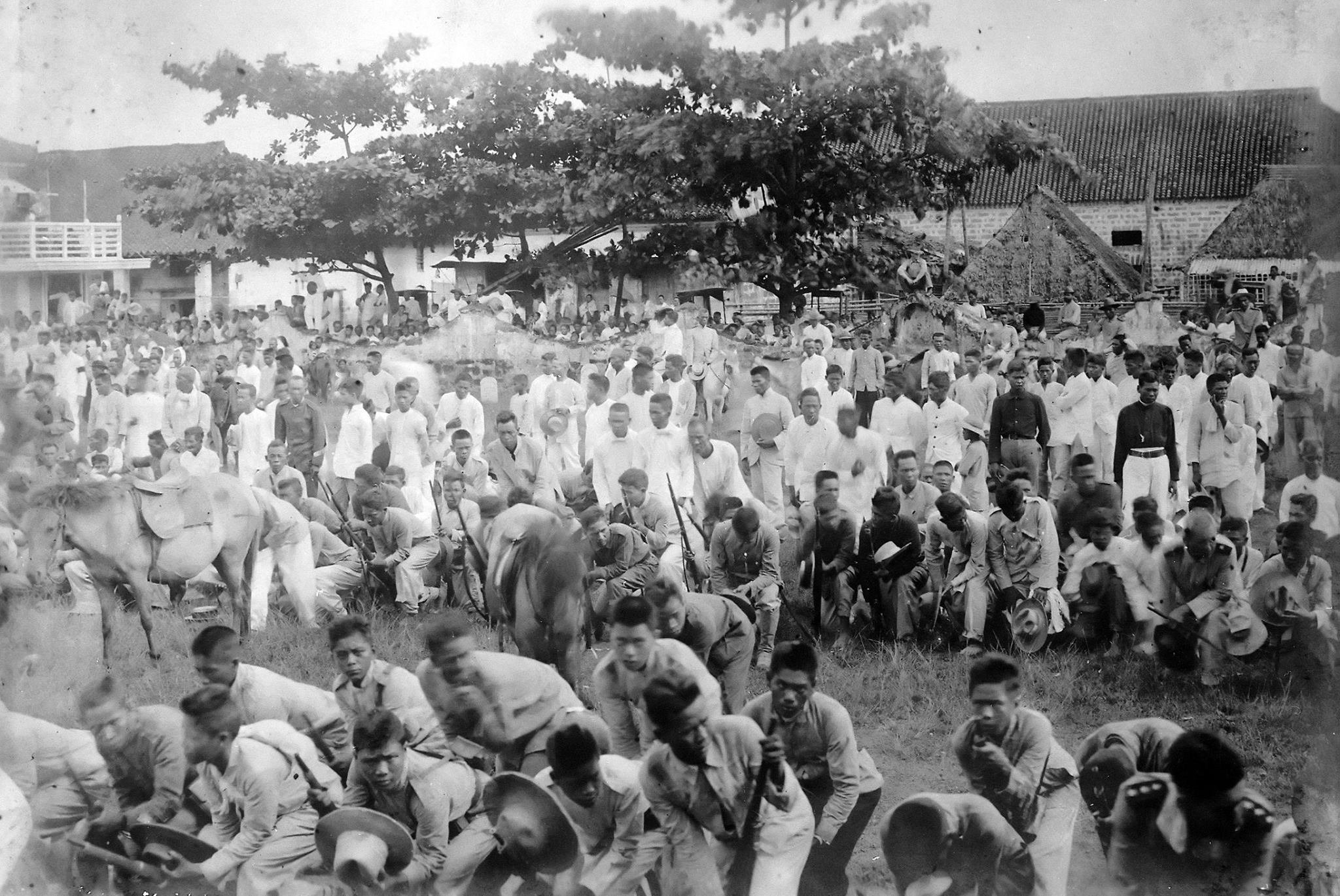The Filipino Resistance
Up to the 1700s, Philippine revolutions were fragmented and province to province with various unrelated purposes that are to retrieve what was once lost, to resist from strict and oppressive control like the forced labor that separated the Filipino men from their families and wives, to get rid of repression, exploitation, and human rights violations, and lastly, to return to their ancient beliefs and religion such as the worship of Bathala and the anitos that the indigenous Filipino people once believed in.

Although it was violent, their attacks against the colonizers did not acquire a racial tone or a sense of unity or an idea of a united people against the colonial rule.
British Occupation and Filipino Resistance
Europe was the ultimate arena for supremacy. The nations within the continent were competing to each other and were contesting against each other in conquering territories in the West and East. The ambition of England for supremacy led to its entry in conflict with Spain and France. The two competitors collaborated with each other to beat England. The heated competition paved way for England to report its colony, the British, to an invasion into the Philippines because it knew the country was being under the control of Spain.
Eventually, the Spaniards and their Filipino apologists lost the battle against the British. It resulted to the overthrow of the government to the British from the Spanish officials and held the Philippine wealth. The fact that the Philippine was only made a battlefield between or among powerful countries awakened the Filipinos’ consciousness and sooner resisted from the conquerors.
The Revolts of Palaris and Silang
Juan de la Cruz Palaris and Diego Silang are notable in inspiring the Filipinos to struggle for independence and liberation. The defeat of the Spaniards in the hands of the English-ruled British opened the eyes of the Filipinos to the fugitiveness of the Spanish rule in the archipelago and to the idea that it could be challenged by force of arms (Agoncillo, 1964). In 1762, Diego Silang, an Ilocano from the Ilocos province in the Luzon part of the country, revolted for liberation against external control.

It was, indeed, the earliest record of revolutions taken place in the Philippines. He wanted the abolition of the Spanish control over his hometown. Although it was local, it is undeniable that it became an inspiration of the other resisting Filipinos across the other places of the country to revolt also against the invasion. He successfully did what was planned at first and was able to force the Spanish provincial governor to leave the position and many Spaniards.
Unfortunately, due to the backwardness of the military power and to the advancement and advantages of military equipment held by the Spaniards, the revolution did not last long. Nonetheless, after him, many revolutions throughout the country were organized and pressured the Spaniards, causing the king of Spain to summon additional soldiers to the country and to increase of level of security in the land.
The same year was when Palaris led a widespread revolution in his town, Pangasinan, demanding for an end from paying tributes and rampant abuses committed by the Spaniards. Upon the conclusion of the war in Europe between the two rivals, the British left the country with only the Spaniards who could do solo in colonizing the Philippines. The Angry Spaniards sent troops to Pangasinan and killed Palaris in battle.
The Basi Revolt
The Basi revolt was one of the bloodiest uprisings in the Philippine history. Ilocos region raised 10,000 rebels to revolt against the monopoly of the Spanish government in the production of the local wine, which the term basi comes from. It was very exploitative. The local business of the Ilocanos was stolen by the Spaniards, leaving the workers to starve and suffer from the threat.
The 1898 Philippine Revolution
Another one is, in fact, the most famous revolution in the Philippines – the 1898 Revolution. Led by Andres Bonifacio, the revolution won against the Spaniards. However, there was a betrayal of a member named Aguinaldo, who soon, killed him, and continued the league. Faction was made. The other team became the first set of members of the first government of the Philippines while the other team, Bonifacio loyalists, went to the countryside and became rebels.
HUKBALAHAP
The Hukbong Bayan Laban sa Hapon (Soldiers against the Japanese) or simply the Huks were the ones who stood against the Japanese invasion in the 1940s. The fleeing of the Americans made the Huks to be established, comprising of progressive Filipinos who armed themselves to resist from the Japanese imperialism. They won by the time of the arrival of MacArthur and his American troops. After the war, the Americans helped the country recover from the war damages.

Whether the Filipinos failed to succeeded, they have proven to the world that they can stand and fight for freedom. Whether technologically advanced or backwardness and its military inferiority, the Philippines can still survive and resist from external threats. And no matter how many betrayals the country encounters, there will always still be countless loyal Filipinos who will refuse to bow to the invaders.
Reference
Agoncillo, Teodoro A. The Revolt of the Masses: The Story of Bonifacio and the Katipunan. Quezon City: University of the Philippines Press, 1965.
Almario, Virgilio S., ed. Pacto de Sangre: Spanish Legacy in the Philippines. Manila: National Historical Institute, 2003.
Foradada, Francisco. La Soberania de Espana en Filipinas. Barcelona: Henrich y Compania, 1897.
Kalaw, Teodoro M. The Philippine Revolutions. Reprint. Manila: Kawilihan, Jorge B. Vargas Filipiniana Foundation, 1969.
